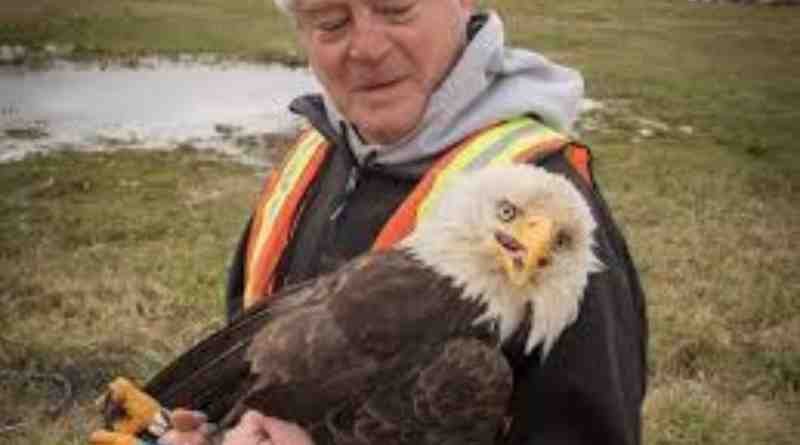Unveiling the Hancock Bird: Discovering the Enigmatic World of Avian Mysteries

The enigmatic world of birds often captures the imagination of nature enthusiasts and researchers alike. Among the myriad of species that flutter through the canopies of the world’s forests and the skies of vast open landscapes, some remain more mysterious and less understood than others. The Hancock bird, a term that has piqued the curiosity of many, deserves a closer examination. This article delves deep into the habitat, behavior, and conservation challenges of this elusive avian species, offering a comprehensive understanding of its unique place within the ornithological community.
Introduction to the Hancock Bird
The Hancock bird, often shrouded in the mystery owing to its elusive nature and relatively undocumented presence, is a fascinating subject of study. While the name might suggest a single species, it generally refers to a group of lesser-known avian species found in specific ecosystems. These birds are typically characterized by their distinctive plumage, unusual vocalizations, and remarkable adaptability to their environments.
Habitat and Geographic Distribution
The Hancock bird is predominantly found in dense tropical and subtropical forests. These regions provide the complex ecosystem services that such species rely upon, including abundant food sources and ample cover from predators. The geographic range of these birds varies, but they are mostly spotted in isolated pockets where ecological conditions remain undisturbed by human activity.

The survival of the Hancock bird is tightly linked to the health of its habitat. The dense foliage of their forest homes not only offers protection but also houses a variety of insects and small vertebrates, which constitute the bulk of their diet. The layered canopies of these forests facilitate their peculiar flying patterns, which often involve quick, darting movements that help them navigate through dense branches.
Behavioral Traits and Social Structure
One of the most intriguing aspects of the Hancock bird is its complex behavior. These birds are known for their unique social structures and breeding practices, which vary significantly from many other avian species. Typically, the Hancock bird exhibits a high degree of social interaction, which is crucial for their survival in the wild.
During the breeding season, which occurs once or twice a year depending on climatic conditions, Hancock birds display a variety of complex mating rituals. These can include elaborate dances, vocal duets, and the construction of intricately designed nests that serve both as a breeding ground and as a mechanism to attract mates.
Conservation Status and Threats
Despite their fascinating nature, many Hancock bird species face severe threats from habitat destruction, climate change, and poaching. Deforestation and land conversion for agriculture and urban development have fragmented their habitats, leaving them vulnerable to predators and competition for decreasing resources.

Climate change also poses a significant threat, altering the ecological balance of their habitats. Changes in temperature and weather patterns can affect the availability of food sources and nesting materials, which are crucial for their survival. Furthermore, in some regions, these birds are hunted for their exotic feathers and for the illegal pet trade, further endangering their populations.
Conservation Efforts and Future Directions
Conservation efforts for the Hancock bird are multifaceted, involving both local and international initiatives. Protected areas and wildlife reserves play a crucial role in providing safe havens where these birds can thrive. Conservationists also focus on reforestation and habitat restoration projects that are essential for the long-term survival of these species.
Educational programs and community involvement are equally important in the conservation effort. By raising awareness about the plight of the Hancock bird and the importance of biodiversity, conservationists hope to reduce human-induced threats and promote a more sustainable coexistence with nature.
Conclusion
The Hancock bird, with its mysterious aura and fascinating behavior, serves as a potent symbol of the world’s natural wonders and the challenges they face. Understanding and preserving such species is not just about protecting birds; it’s about maintaining the health of entire ecosystems on which humans also rely. As we continue to uncover the mysteries of the Hancock bird, it becomes increasingly clear that the fate of these extraordinary creatures is irrevocably intertwined with our own. Efforts to conserve the Hancock bird are more than a fight for survival; they are a vital part of ensuring the sustainability of our planet’s biodiversity for future generations to explore and cherish.
Read also: check







